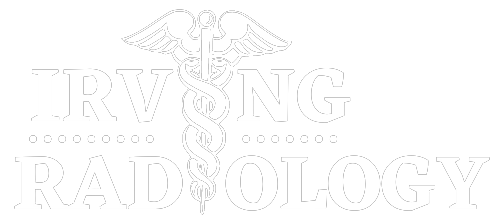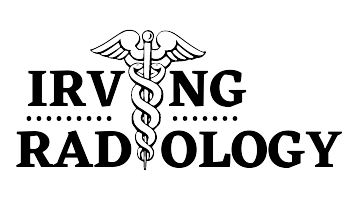Radiology has come a long way in the last few years, thanks in large part to the use of artificial intelligence (AI). AI has the potential to change the way doctors make diagnoses by giving more accurate results and making the process take less time and effort.
What does AI have to do with radiology?
AI in radiology means using machine learning algorithms to look at medical images and figure out what’s wrong. The goal of these algorithms is to find patterns in images that may be hard for humans to see. This makes them a very useful tool for radiologists.
The advantages of using AI in radiology
- Diagnoses that are more accurate :
One of the best things about AI in radiology is that it can make diagnoses more accurate. AI algorithms can find patterns that human radiologists might miss because they can look at a lot of data at once. This makes diagnoses more accurate and lowers the chance that they will be missed or take too long. - Improved the flow of work:
AI in radiology is also helpful because it can improve efficiency and streamline work. By automating many of the tasks that radiologists used to do, AI algorithms can help reduce the time it takes to make a diagnosis and improve the overall efficiency of the workflow. - Better Patient Outcomes:
AI could also improve how well patients do by being used in radiology. With more accurate diagnoses, patients are more likely to get the right treatment at the right time. This improves their health and saves money for the healthcare system.
Artificial intelligence in radiology: Challenges and Limits
AI has the potential to change the way radiology is done, but there are also some problems and limits that need to be solved.
- Lack of rules and regulations:
One of the biggest problems with AI in radiology is that there aren’t many rules about it. At the moment, there is no standard for figuring out how accurate and safe AI algorithms in medical imaging are. This makes it hard to make sure that these tools are being used in a safe and effective way. - Bias in Data Sets:
AI in radiology also has to deal with the risk of bias in data sets. If the data that is used to train AI algorithms is biased, this can show up in the results. This is a big worry because it could make it harder for some people to get care than others. - Hard to figure out what the results mean:
Lastly, the results of AI algorithms can be hard to understand, which makes it hard for radiologists to use them to make diagnoses. This is especially true when the case is complicated and there are many things that could be affecting the medical images.
How AI will be used in radiology in the future
Even though AI in radiology faces a lot of challenges, the future of this field is bright. As technology keeps getting better, we can expect AI algorithms to get better at being accurate, efficient, and safe. This will lead to better outcomes for patients and more efficient healthcare systems.
In conclusion, the use of artificial intelligence in radiology is a fast-growing field that could change the way doctors make diagnoses. AI in radiology has clear benefits, but there are still some problems to solve. In the coming years, we can expect to see more progress in this field.

